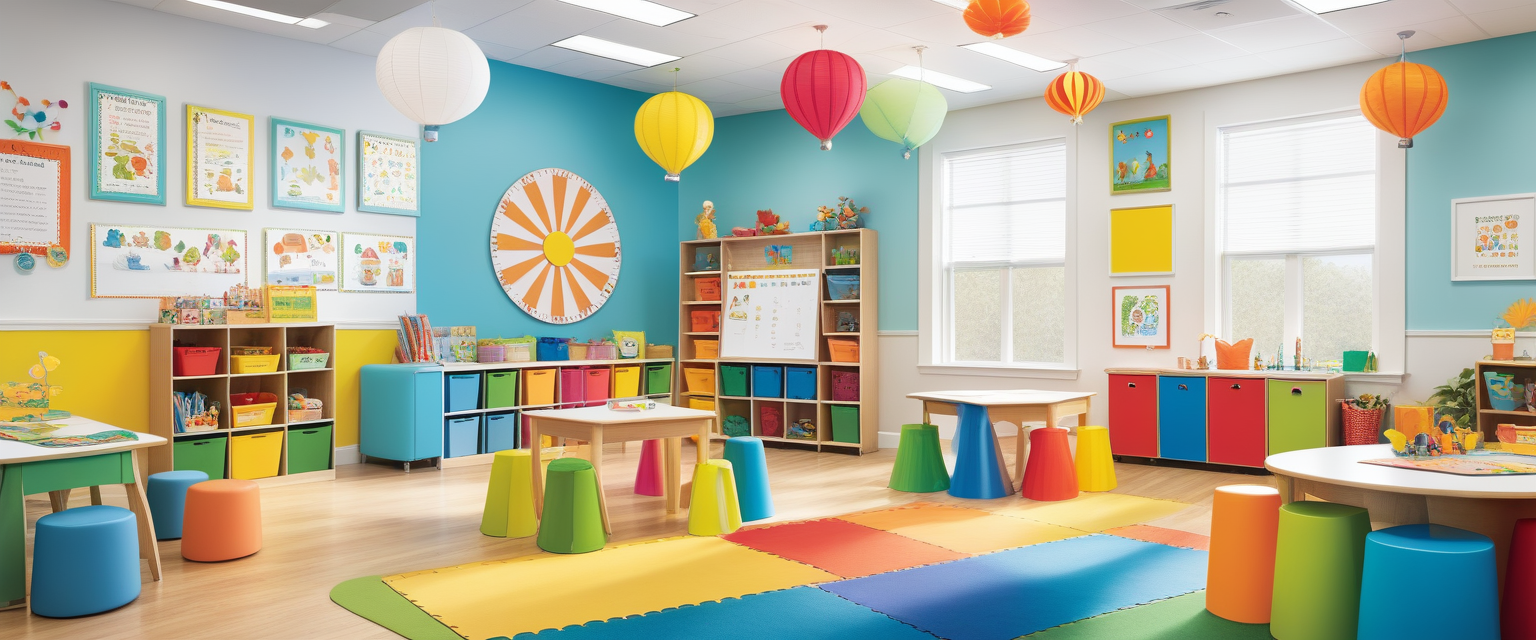 As the new school year approaches, educators and parents alike are turning their attention to creating classroom environments that cater to the diverse needs of all students, including those on the autism spectrum. The integration of technological innovations is playing a pivotal role in this transformation, providing tools that enhance learning experiences and promote inclusivity. For more insights on sensory tools, check out our article on enhancing sensory rooms with touch lights.
As the new school year approaches, educators and parents alike are turning their attention to creating classroom environments that cater to the diverse needs of all students, including those on the autism spectrum. The integration of technological innovations is playing a pivotal role in this transformation, providing tools that enhance learning experiences and promote inclusivity. For more insights on sensory tools, check out our article on enhancing sensory rooms with touch lights.
Interactive Learning Tools
One of the most significant advancements in autism-friendly classrooms is the advent of interactive learning tools. These tools are designed to engage students in a way that traditional methods may not. For instance, interactive whiteboards and tablets allow for a multisensory learning experience, which can be particularly beneficial for students with autism who may have unique sensory processing needs.Visual Schedules and Timers
Consistency and predictability are crucial for many students with autism. Visual schedules and timers, now available as apps on tablets and smartphones, help students understand the structure of their day. These tools provide visual cues that can reduce anxiety and improve focus, making transitions between activities smoother.Communication Aids
Communication can be a significant challenge for students on the autism spectrum. Fortunately, technological advancements have led to the development of various communication aids that can bridge this gap. Augmentative and Alternative Communication (AAC) devices, such as speech-generating tablets, allow non-verbal students to express themselves effectively.Speech-to-Text Technology
Speech-to-text technology is another game-changer in the classroom. By converting spoken words into written text in real-time, this technology supports students who may struggle with writing or typing. It also allows teachers to provide immediate feedback, enhancing the learning process.
Discover the TAP-TAP Sensory Lights - With a few simple taps, these lights have the ability to transform any space into a stimulating, enjoyable and sensory room for kids, providing visual stimuli that can capture kids' attention and interest. Simply swipe across the areas you want to turn on and swipe again to turn off.





Leave a comment